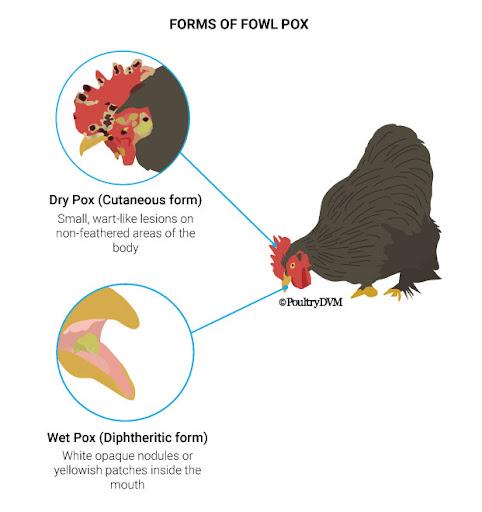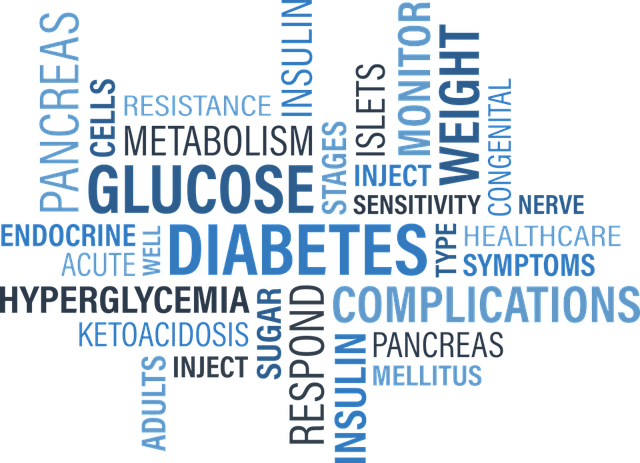Updated: March 10, 2025
Age-Related Eye Health Issues and How to Manage Them (FS-2023-0667)
In this publication, we learn about vision changes that occur due to aging. These changes are slow and often go unnoticed. Learning about these vision-related changes, signs of major eye health issues, and making healthful choices can help prevent and delay vision issues. With age, we start to experience glare issues, a reduction or increase in tear production, a need for brighter lights, presbyopia, and changes in color perception. Work with general healthcare providers, including eye healthcare providers, about your risk of age-related macular degeneration, glaucoma, and diabetic retinopathy. However, lifestyle changes such as staying active, wearing sunglasses, and nutrition, can help keep your vision healthy. Authors: Dhruti Patel, Mona Habibi, and Cheryl Bush; Title: Eye Health Issues and How to Manage Them (FS-2023-0667)
Updated: November 11, 2024
Saving Money on Prescription Drugs (FS-2024-0712)
Medication Management: Ways to save money on prescription drugs to help you manage your health. Authors: Carrie Sorenson and Lynn Matava; Saving Money on Prescription Drugs" (FS-2024-0712).
Updated: October 21, 2024
Methods for the Detection of Vibrio Species
Vibrio bacteria naturally inhabit coastal waters and are frequently isolated from a variety of raw seafood, particularly oysters. Detection of Vibrio species in seafood and growing water has traditionally been problematic because of the limitations of conventional techniques based on plate culture methods. Moreover, no culture method is able to discriminate pathogenic populations. In order to provide education and training to individuals involved in seafood testing, a hands-on training course has been developed and offered through cooperative efforts of University of Maryland Extension (UME) and University of Maryland’s Joint Institute of Food Safety and Applied Nutrition (JIFSAN). The methods described in this manual are designed for detection and enumeration V. parahaemolyticus, V. vulnificus, and V. cholerae in oysters. The analytical methods are combination of procedures from the Food and Drug Administration (FDA) Bacteriological Analytical Manual (BAM) and other sources, and have been used as training protocols for the hands-on training course on Vibrio Detection.
Updated: April 9, 2024
Keep Your Gut Healthy-A Quick Good Gut Health Guide for Older Adults (FS-2023-0668)
The digestive system naturally changes with age progression. These functional changes impact digestion-related organs such as the mouth, esophagus, stomach, and small and large intestines. These can also lead to and/or contribute to some digestive disorders and chronic diseases. This publication explains these age-related physiological changes and strategies for maintaining good gut health. Author's: Mona Habibi, Dhruti Patel, and Cheryl Bush; Title: Keep Your Gut Healthy: A Quick Good Gut Health Guide for Older Adults (FS-2023-0668).
Updated: April 2, 2024
Better Bone Health for Older Adults (FS-2023-0669)
Bones are integral to our health. The earlier you start caring for your bone health, the better your bones will respond to, irrespective of the age progression. In this publication, you will learn about age-related changes and bone diseases, health guidance on preventing such conditions, and risk factors associated with bone health issues. This factsheet also discusses tools of communication with your healthcare professional that can help you optimize your bone health. Authors: Dhruti Patel, Cheryl Bush, and Mona Habibi; Title: Better Bone Health for Older Adults (FS-2023-0669)
Updated: November 3, 2023
Does Your Health Insurance Plan Cover Nutrition Counseling? (FS-2023-0677)
Working with a nutrition professional can be a great way to maintain or improve your health. However, it can be confusing to decide who you want to see and determine how to pay for these visits. This factsheet will help you: (1) identify reasons you might want to work with a nutrition professional., (2) understand the different types of nutrition professionals about their credentials, educational backgrounds, and areas of expertise. (3) learn how to determine whether your health insurance covers visits with a nutrition professional and the potential costs of accessing these services.
This information can help you access the professionals you need to support your health and wellness while keeping your out-of-pocket costs as low as possible. Authors: Alvin Douglas, Catherine Sorenson, and Dr. Shauna Henley; Title: Does Your Health Insurance Plan Cover Nutrition Counseling? (FS-2023-0677)
Updated: March 17, 2022
Healthy Eating with the Mediterranean Diet (FS-1168)
The Mediterranean diet is a healthy eating approach to address chronic disease. It emphasizes fresh fruits, vegetables, legumes, nuts, seeds, herbs, spices, and whole grains as the foundation of the diet. Authors: Jennifer Dixon Cravens, and Dhruti Patel; Title: Healthy Eating with the Mediterranean Diet (FS-1168)
Updated: December 20, 2021
Recognizing and Preventing Avian Pox in Small Flocks (FS-979)
Avian pox is a viral disease that can occur in two forms: dry or skin (cutaneous) and the wet (or diphtheritic) form. Mortality is usually low (1%-5%), however, severe cases of wet pox can result in much higher mortality

Updated: December 17, 2021
Infectious Laryngotracheitis (ILT): Know the Symptoms and What to Do if Your Flock is Affected (FS-966)
Infectious Laryngotracheitis (ILT) is an acute respiratory disease of chickens and occasionally, pheasants and peafowl, which often leads to severe losses in the poultry industry as well as backyard flocks.
Updated: February 4, 2021
Food Safety for Persons with Diabetes
About 30.3 million Americans have diabetes, while 25% of Americans do not know they have diabetes. Diabetics are susceptible of acquiring a foodborne illness, but may not realize such risks. The fact sheet is to inform diabetics what foodborne illness is, how it specifically affects diabetics, and ways to reduce risk in a one page document.
